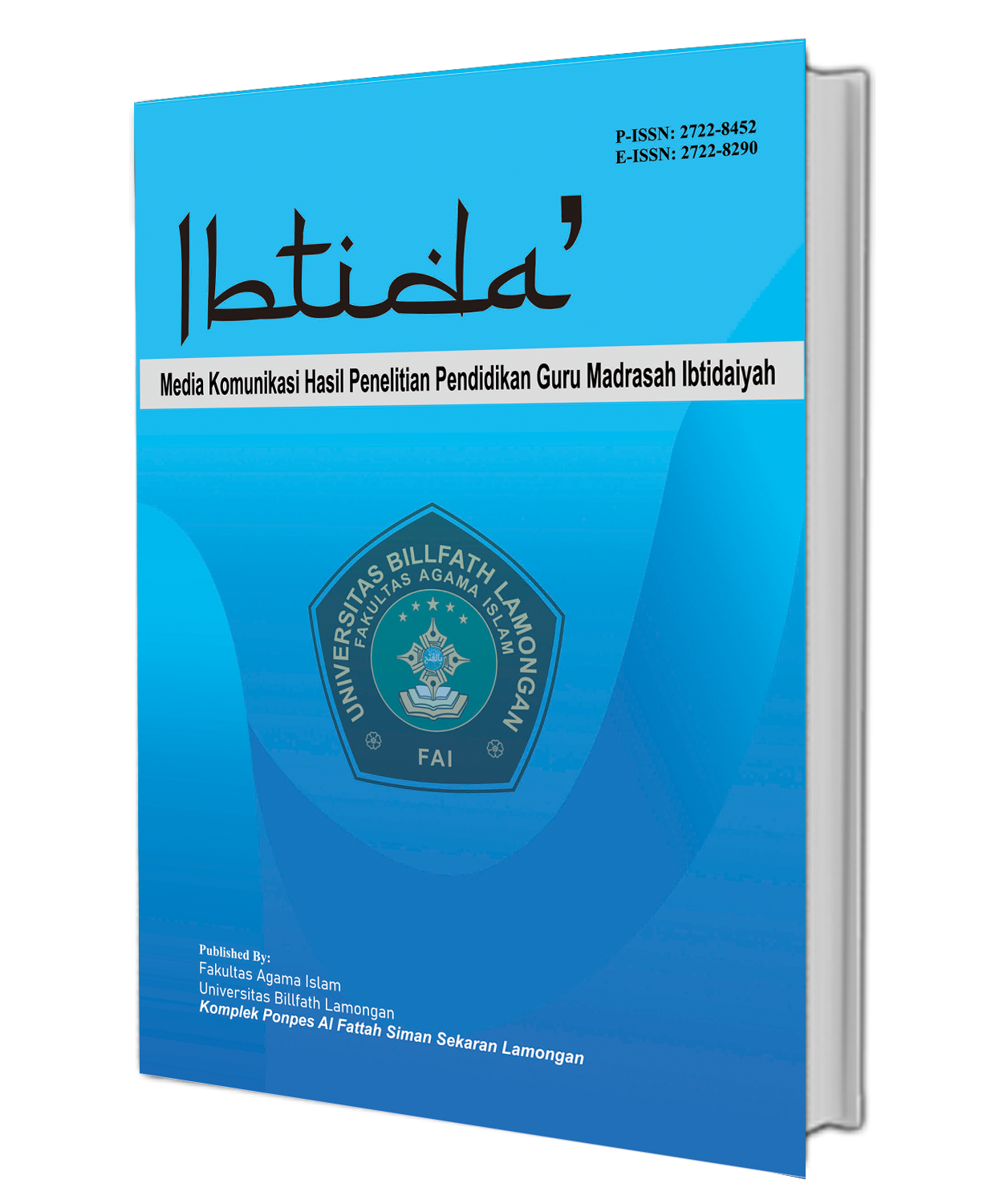Garis Bilangan sebagai Alat Visualisasi Konseptual dalam Operasi Hitung Bilangan Bulat
Abstract
Arithmetic operations on integers, particularly those involving negative numbers, are a fundamental mathematical concept that often lead to misconceptions among students. Procedural understanding (memorization of rules) often dominates conceptual understanding. This article outlines a didactic analysis of the use of the number line as the primary visual model for building conceptual understanding of integer arithmetic operations. The methods used are a literature review and a conceptual analysis of how the number line can represent four basic operations: addition, subtraction, multiplication, and division. The analysis shows that the number line consistently models arithmetic operations as movements (translations or jumps). Addition is interpreted as a forward shift from the initial position, subtraction as a backward shift, multiplication as repeated jumps, and division as the inverse process of multiplication (counting the number of jumps). It is concluded that the number line is not merely a teaching aid, but rather an essential mathematical model that bridges concrete arithmetic understanding to a more complex algebraic structure.
Downloads
References
Audina, S., Nahdi, D. S., & Sudianto, S. (2023). Analisis Pemahaman Konsep Matematis Siswa pada Operasi Penjumlahan Bilangan Bulat Menggunakan Media Garis Bilangan. Polinomial: Jurnal Pendidikan Matematika, 2(1), 11-17.
Booth, A., Sutton, A., & Papaioannou, D. (n.d.). Systematic Approaches to a Successful Literature Review(2nd ed.). 2016: SAGE Publications.
Freudenthal, H. (1983). Didactical Phenomenology of Mathematical Structures. Dordrecht: D. Reidel Publishing Company.
Gravemeijer, K. (1999). How Emergent Models May Foster the Constitution of Formal Mathematics. Mathematical Thinking and Learning, 1(2), 155-177.
Isro'il, A., & Supriyanto, S. (2020). Berpikir dan Kemampuan Matematika. Surabaya: JDS.
Isro'il, A., Budayasa, I. K., & Masriyah, M. (2017). Profil Berpikir Siswa SMP dalam Menyelesaikan Masalah Matematika Ditinjau dari Kemampuan Matematika. Jurnal Review Pembelajaran Matematika, 2(2), 93-105.
Megayani, W., Pranata, O. H., & Kusdiana, A. (2019). Pengaruh Peraga Garis Bilangan Terhadap Pemahaman Siswa SD Tentang Operasi Pengurangan Bilangan Bulat Negatif. EduBasic Journal: Jurnal Pendidikan dasar, 1(2), 123-133.
National Council of Teachers of Mathematics (NCTM). (2000). Principles and Standards for School Mathematics. Reston: VA: NCTM.
Nurkarim, A. W., Isro'il, A., Supriyanto, S., & Rifki, A. (2025). Religious Moderation in Madrasah Ibtidaiyah: A Systematic Review of Contextual Mathematics Learning Strategies. International Journal on Teaching and Learning Mathematics, 09(2), 12-24.
Skemp, R. R. (1976). Relational Understanding and Instrumental Understanding. Mathematics Teaching, 77, 20-26.
Van de Walle, J. A., Karp, K. S., & Bay-Williams, J. M. (2013). Elementary and Middle School Mathematics: Teaching Developmentally (8th ed.). Boston: MA: Pearson.





.png)

.jpg)



